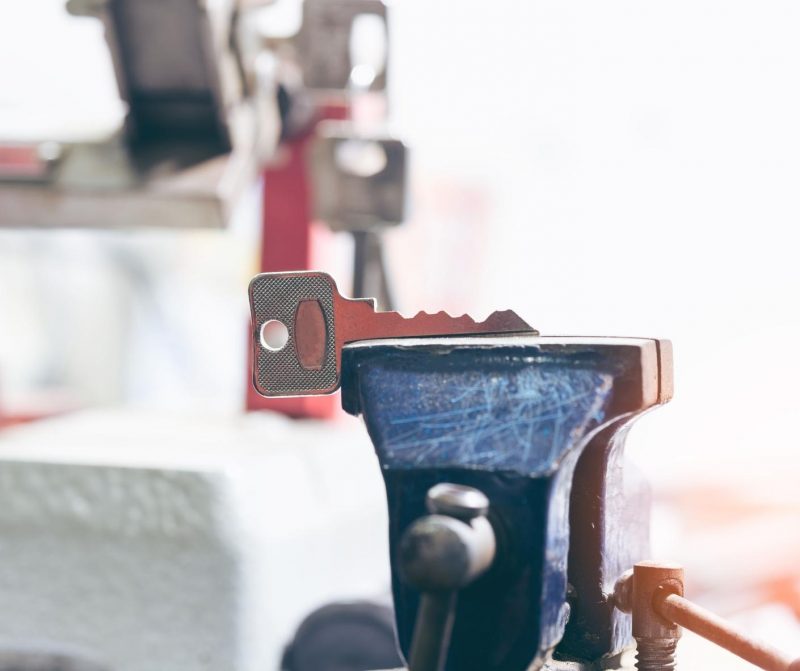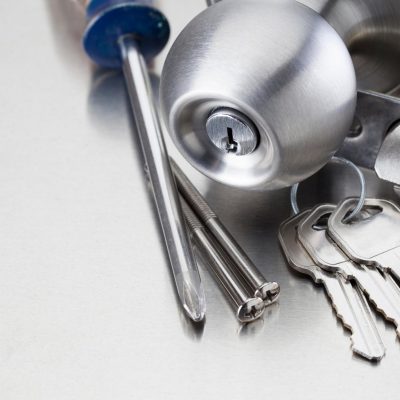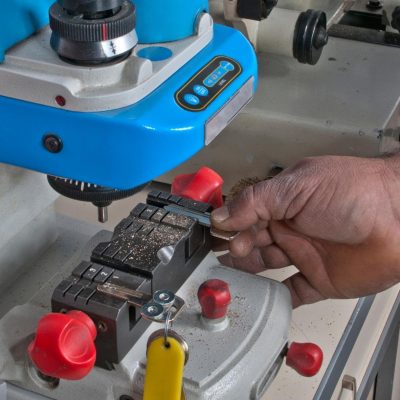
Locksmiths can save your life. When you are locked outside of your house or car, they are your saviours. They can aid in securing your property with top-notch locks, keys, and digital locks. In the event that you lose your keys, they could also make new ones for your doors, windows, cabinets, and even your car. Of course, you can also request duplicates of your current keys from a reputable locksmith in Paddington.
Whether you have the original keys or have lost them, locksmiths have the tools to make new ones. Therefore, how do they carry out this seemingly magical procedure?
How Do They Make Extra Keys and New Keys?
Even without the original key, making extra keys doesn’t require any magic. New key creation is a skill that your locksmith possesses along with the training, tools, and training required. The following are some techniques that locksmiths frequently employ.
The Key Code’s Decoding
On their products, lock manufacturers typically include a factory key code that is composed of strings of letters and numbers. Even though to the untrained eye these strings may appear meaningless, they contain the information your locksmith needs to cut a new key for the lock even in the absence of the original key.
Your locksmith will identify the pattern and cutting of your keys using a code cutter. In the event that your keys are broken or missing, this procedure can help. Typically, the lock body has the key code stamped into it. However, this method might not always be successful. The key code may occasionally be imprinted on the original key. The key code may occasionally be located on key code cards, particularly for high-security locks. The locksmith might be unable to use this technique to make new keys for you without these.

Visual Decoding
In the event that your original keys are too worn out or broken, a locksmith can create new ones using visual decoding. When your locksmith cuts your new keys, they will carefully inspect your keys.
Disassembling the Lock
Disassembling the lock and making new keys without the originals are two options. By examining and measuring the height and alignment of the pins in the lock, the locksmith can use this time-consuming but reliable reverse engineering method to determine how the key will bite into the lock.
When you need to preserve the lock on an antique house or classic car but don’t have the original keys, you can disassemble the lock. The locksmith must take extra care not to harm the lock when disassembling it. To avoid destroying or misaligning the internal mechanisms of the lock, they must carefully disassemble it.
Taking a Reading from the Lock
The locksmith can create new keys without using the factory key code or disassembling the lock by imprinting a lock. Although it takes skill and a lot of practise, it is an efficient way for the locksmith to become familiar with the lock mechanism. The procedure is remarkably similar to lock picking.
The locksmith will first turn a blank key after inserting it into the lock. The lock cylinder’s pins will become engaged when the key is turned. In this step, the blank key will receive some markings that the locksmith will use as a guide when creating a new key. The marks required to produce a new key will then be obtained by having your locksmith turn the lock several times.
To obtain the best and most precise results, your locksmith might need to repeat the procedure.
Casting
For old locks that you might have in your antique cabinets, drawers, desks, or safes, casting is done to create spare keys. For this technique, your locksmith may use wax or premium clay.
Your locksmith will require the original key for casting. The original key will then be placed on top of the moulding clay in the duplication mould. After that, the mould is sealed. As a result, the key will leave a mark on the clay. The key is then taken out of the mould and cast onto the moulding clay after the mould has been opened.
To create a sturdy base, the mould is baked. Then, a mixture of metals is heated until it is liquid. The cast material is then poured into the mould while still liquid. Using metal files, grinders, and wire brushes, your locksmith will remove any extra material from the duplicate key.

Getting Your VIN
Now, your dependable locksmith can make new car keys for you as well. Of course, you’ll need to be able to show that you actually are the car’s owner. Your vehicle’s VIN is one of the things your locksmith will inquire about from you.
Then, based on the VIN, your locksmith will request a key code. Before he can obtain the key code to create your new car keys, authorities will ask him for his driver’s licence.
Using a Code Reader
Your locksmith will inspect and assess the circuitry of your car’s transponder using an optical scanner before replacing key fobs. The signals that result in a latched or engaged result are what he needs. Locksmiths can create a duplicate key fob for you using a code reader.
Naturally, unless you can show that you are the owner of the property, your locksmith won’t create new keys for dormitories, educational facilities, or any other private property.
Take a look at Stronghold Locksmiths, your go-to Paddington locksmith. For lockout emergencies, we are available around the clock. Anytime during the day, contact us for assistance in getting new and replacement keys. Call us at 1300205512 right away.
